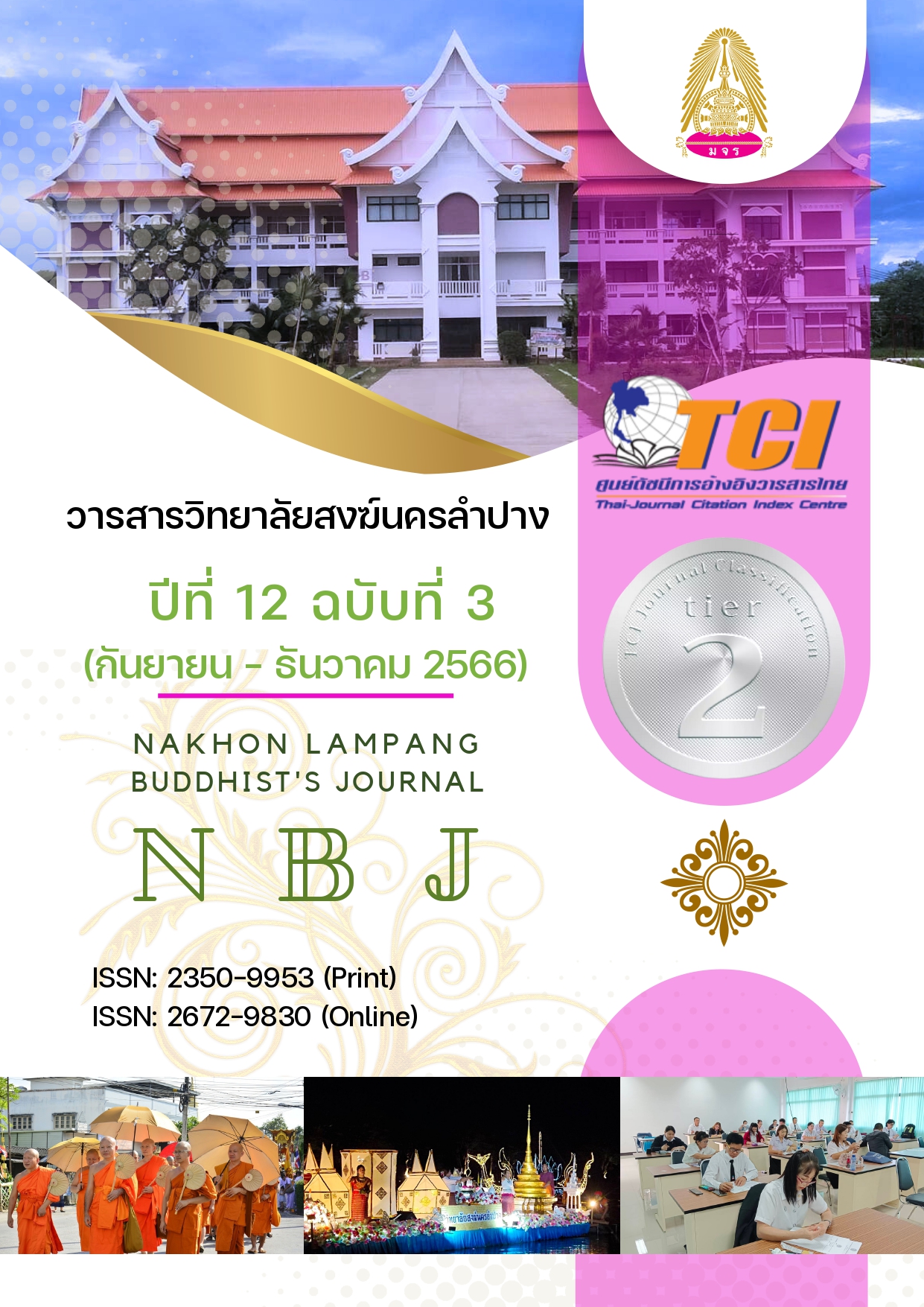Adoption of Industrial Innovation for Local Development of Chanthaburi People: A Case Study of Gold Mining Industry.
Main Article Content
Abstract
The purpose of this research is to examine the degree and variables influencing the adoption of innovation in the gold mining sector and for the local development of the Chanthaburi community. A mixed approach of follow-up research was employed in the study, with a sample size of 386 participants obtained through sampling procedure in accordance with Taro Yamane's formula for quantitative survey research. A questionnaire was used to gather the data, and descriptive statistics were used to analyze it. Semi-structured interviews and social interpretative analysis of eight participants, including important informants in each field, were used in this qualitative study.
The study's conclusions show that the people in Sam Phi Nong Subdistrict and Phawa Subdistrict, Chanthaburi Province, refuse to embrace the advances in the gold mining sector in Kaeng Hang Maeo District. The problems in this order are,
- Refusing to allow gold mining to occur in the region under any conditions. It was asserted that taking action early.
- Refusing to permit exploration by gold mining companies in the region even after the government has approved and acknowledged the industry's contribution to the region's development.
- Refusing to support gold mining even if it would bring new technology to the region and agreeing to the construction of a gold mining facility there should a survey determine that there is in fact sufficient gold mineral resources.
- The Chanthaburi Province's refusal to permit gold mining since it is viewed as a novel sort of industry.
The relative utility, compatibility, complexity, ability to be tried first, and ability to be noticeable are some of the factors that influence the acceptance of innovations in the gold mining business.
Article Details

This work is licensed under a Creative Commons Attribution-NonCommercial-NoDerivatives 4.0 International License.
References
Chanthaburi Industry Government. (2020). Department of Primary Industries and Mining. (Announcement dated 27 August 2020). Chanthaburi: Author.
Chonpaisarn, J. (2015). Economic impact from gold mining. Bureau of Mines and Concessions.
Eastern Economic Corridor. (2017). EEC. Retrieved October 31, 2020, from https://www.eeco.or.th/th.
Praditsil, C. (2016). Social research methods. (1st ed.). Rambhai Barni Rajabhat University: Work Press.
Research Administration, and Educational Quality Assurance Division. (2017). Thailand 4.0 blueprint, a model for driving Thailand towards prosperity, stability and sustainability. Retrieved October 31, 2020, from http://www.bps.moph.go.th/new_bps/sites/default/files/Thailand%204.0_050160%20%281%29.pdf.
Rogers, E. M. (1968). Diffusion of Innovation. New York: The Free Press.
Mhoprasit, S. (1993). Statistics for research. Bangkok : Chulalongkorn University.
Thaipublica. (2018). Eastern Fruit Corridor. Retrieved October 31, 2020, from https://thaipublica.org/2018/02/eec-ncpo-cabinaet-6-2-2561/.
Yamane, T. (1973). Elementary Sampling Theory. Englewood Clift: N.J. Prenice-Hall.
